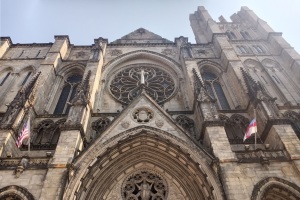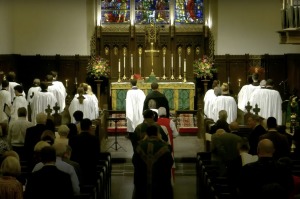NASA-Released Photos of the Northern Lights Showcase Amazing Celestial Displays in Northern America
The National Aeronautics and Space Administration (NASA) released several photos of the famous Norther Lights phenomenon for those who were not able to catch the spectacular natural lights display that appeared in Michigan and other parts of North America in late July.
Five new photos of the natural dancing lights phenomenon, also known as the Aurora Borealis, were reportedly taken by the International Space Station crew that orbits the Earth once every 92 minutes. It showcases a plethora of color changes due to the varying gases that are charged with electrons.
Based on NASA's description about the naturally occurring celestial phenomenon, the Northern Lights "are caused by collisions between fast-moving particles (electrons) from space and the oxygen and nitrogen gas in our atmosphere." The electrons come from the magnetosphere that is being controlled by the planet's magnetic field.
"When billions of these collisions occur and enough photons are released, the oxygen and nitrogen in the atmosphere emit enough light for the eye to detect them," the US space program agency also stated.
The National Oceanic and Atmospheric Administration (NOAA) issued another three-day forecast for the next Aurora Borealis sighting in both the Northern and Southern Hemispheres. The forecast claims that the celestial event will start sometime between 12 midnight of Thursday, July 27, until 3:00 a.m. UT of the said date.
Just last week, people from Michigan to Canada stayed up late from Sunday night until early Monday morning to capture the Northern Lights phenomenon. These include those who are staying in various U.S. states such as New York, Washington D.C., and Wisconsin.
In an interview with CNN, Kazumasa Shibata from Vancouver, Canada shared that she was able to catch the Aurora Borealis event from her apartment, where she created a time-lapse video that features the Northern Lights display across the city's skyline and shared it on social media. "Seeing the Northern Lights in Vancouver is a rare chance so I always check the Aurora forecast website," she said.




























